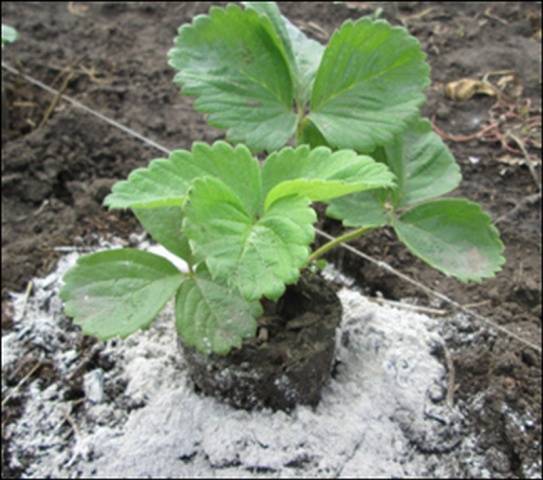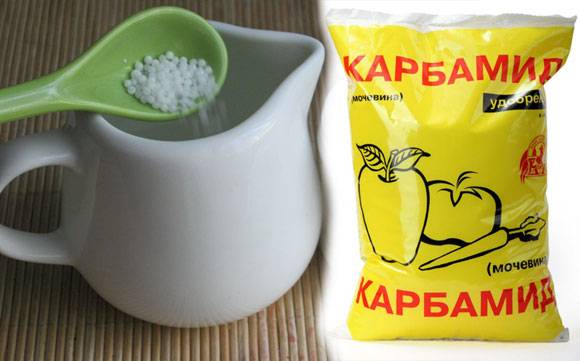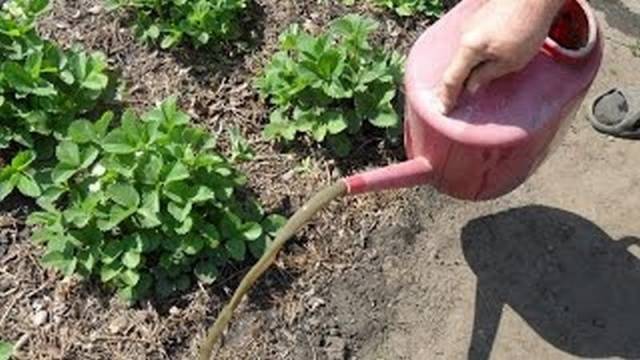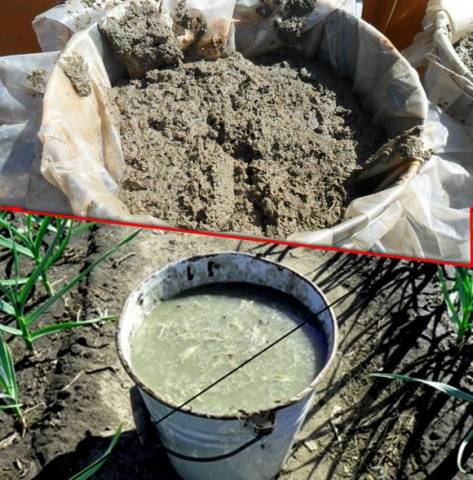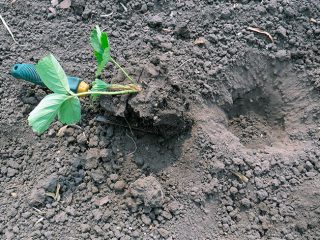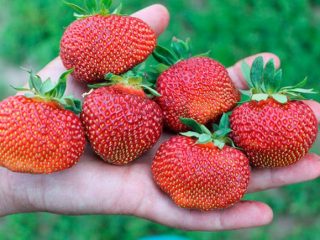Content
Today strawberries (garden strawberries) are grown in many summer cottages and backyards. The plant is demanding for feeding. Only in this case can we hope for a good harvest of healthy and tasty berries. In stores there are many different mineral fertilizers intended for garden strawberries. But modern gardeners strive to get environmentally friendly products, so they refuse any chemistry.
Our ancestors also grew strawberries, but the plantings were fed with organic matter. Feeding strawberries ash and other folk remedies are widely used in strawberry beds. How can you fertilize garden strawberries? This is what our article is about.
You need to know
Before feeding strawberries in spring, you need to prepare the beds:
- remove shelter, a layer of hay or straw;
- remove old leaves;
- conduct a thorough revision of the plantings: remove suspicious strawberry bushes;
- spill the beds with water and loosen the soil.
If such events are not carried out, then no additional feeding will provide you with a rich harvest. Plants are fed with various fertilizers. In recent years, gardeners prefer organic or folk remedies to mineral fertilizers. Although one of the mineral fertilizers is urea, it is always in the arsenal of experienced gardeners.
Fertilizers for strawberries
Wood ash
Ash contains a lot of potassium, without which good fruiting of strawberries is impossible. Gardeners all over the world, feeding plants not only nourish them, but also improve the structure of the soil. Ash in the garden is especially important if the soils are acidic. You can use dry dressing, pouring strawberries under each bush, followed by watering the beds, or prepare an ash solution.
Ash dressing does not cause difficulties even for novice gardeners. Let's find out how to prepare an ash nutritional formula.
One glass of wood ash is poured into a bucket and 1 liter of boiling water is poured. After 24 hours, the mother liquor is ready. To obtain a working solution, add up to 10 liters and water the strawberries during fruiting. 1 liter of working solution is enough for one square.
This solution can be used for root and foliar dressing. It has long been established that nutrients are absorbed through the leaves faster and to a greater extent. Watering or spraying with an ash solution helps to defeat strawberry diseases and repel pests.
Iodine
Gardeners who have been growing strawberries for more than one year claim that plants need iodine.
What is the role of a pharmacy drug? Everyone knows that this drug is an excellent antiseptic. Feeding strawberries with iodine prevents fungal diseases and various types of rot.
Strawberries can be watered with iodine solution under the root or fed on the leaves during the awakening of plants.
There are different options:
- To prepare a composition for feeding strawberries, pour 10 liters of clean water into a container and add 15 drops of iodine for watering at the root. For a foliar half-edge of strawberries, seven drops are enough. Strawberries treated with iodine solution are less sick, grows green mass faster.
- Some gardeners prepare the following composition for spraying: add 1 liter of milk (not store-bought!) Or skim milk to 10 liters of water and pour in 10 drops of iodine. Milk softens the solution and provides additional nutrition for the strawberries. It is necessary to spray with such a composition three times with an interval of 10 days.
- During the budding period, a more nutritious top dressing is prepared. A 10-liter bucket of water will require: iodine (30 drops), boric acid (a teaspoon) and wood ash (1 glass). The solution is used immediately after preparation. Pour half a liter of solution under one plant.
How to feed strawberries in early spring with iodine:
Urea
Strawberries, like other garden crops, need nitrogen. It is present in the soil, but it is difficult for plants to assimilate soil nitrogen. Therefore, in early spring, it is necessary to apply nitrogen-containing fertilizers to the soil. One option is urea or carbamide. The fertilizer contains up to 50% of easily assimilable nitrogen.
Feeding strawberries with urea is an important point in growing strawberries:
- For feeding in the spring, two tablespoons of the substance are dissolved in a ten-liter container. The resulting composition is enough for 20 plants.
- During flowering and fruit formation, foliar feeding with urea is carried out. For a bucket of water - 1 tablespoon.
- Once again, garden strawberries are fed with urea when preparing plants for wintering. Plants need nitrogen to strengthen their vitality and form the next year's harvest. 30 grams of fertilizer are poured onto a bucket of water.
About the benefits of urea:
Boric acid
Experienced gardeners do not always use boric acid for feeding strawberries, only when the plants are deficient in boron. You can find out by the twisted and dying leaves.
- Spring root feeding of strawberries with urea is carried out after the snow has melted. A watering can will require one gram of boric acid and potassium permanganate.
- Foliar dressing is carried out until buds are formed, dissolving 1 gram of substance in 10 liters of water.
- When the buds begin to form, a multi-solution is prepared, consisting of boric acid (2 g), potassium permanganate (2 g) and a glass of wood ash. Pour 500 ml of solution under each bush.
Chicken droppings
There is a lot of nitrogen in chicken manure, so it can easily replace purchased urea. What are the benefits of this natural fertilizer? First, strawberry fruiting increases. Secondly, the fruit tastes better.
Feeding strawberries with chicken droppings performed in early spring, before the snow melts. The natural fertilizer contains a lot of urea. In the cold season, it is simply scattered over the snow.
You can prepare a nutrient solution: you need 1 liter of droppings for a bucket of water. After three days, the working composition will be ready, they can process the soil to saturate with nitrogen.
Instead of chicken droppings, you can fertilize strawberries with dung. A fresh cake is poured with water, insisted for 3 days. Diluted in a ratio of 1:10, as well as chicken droppings.
Folk remedies
In the old days, our grandmothers did not use mineral fertilizers, and iodine with boric acid was not available to them. And here weeds have always been. Each housewife always had green infusions in containers, with which they watered their plantings.
What does such a top dressing give? It is, in fact, a substitute for manure, because thanks to fermentation (fermentation), the grasses give up their nutrients and trace elements.
Most commonly used nettle, shepherd's purse, clover, healthy leaves of tomatoes, potatoes and other plants growing in the garden. The grass is crushed, poured with water and left to ferment for 5-7 days.The readiness of the solution is determined by the appearance of bubbles and an unpleasant odor. If you have dry hay, add it to the container too. Thanks to him, the solution is enriched with a useful hay stick. The container is placed in the sun, kept under a closed lid so that nitrogen does not evaporate. The solution must be mixed.
A liter of mother liquor is poured into a bucket and topped up to 10 liters. Some gardeners enhance the properties of green feeding with bread, yeast, ash.
Strawberries are fed with such a solution at the time of budding. Can be watered at the root (1 liter of working solution per plant) or used as a foliar dressing.
Let's summarize
Feeding strawberries at different stages of vegetative development is an important part of agricultural technology. We have talked about several options. It is clear that every gardener will choose the most suitable fertilizer for him. Some will use mineral supplements, while others will prefer an environmentally friendly strawberry harvest. Everything is decided on an individual basis. We wish you healthy plants and a rich berry harvest.
